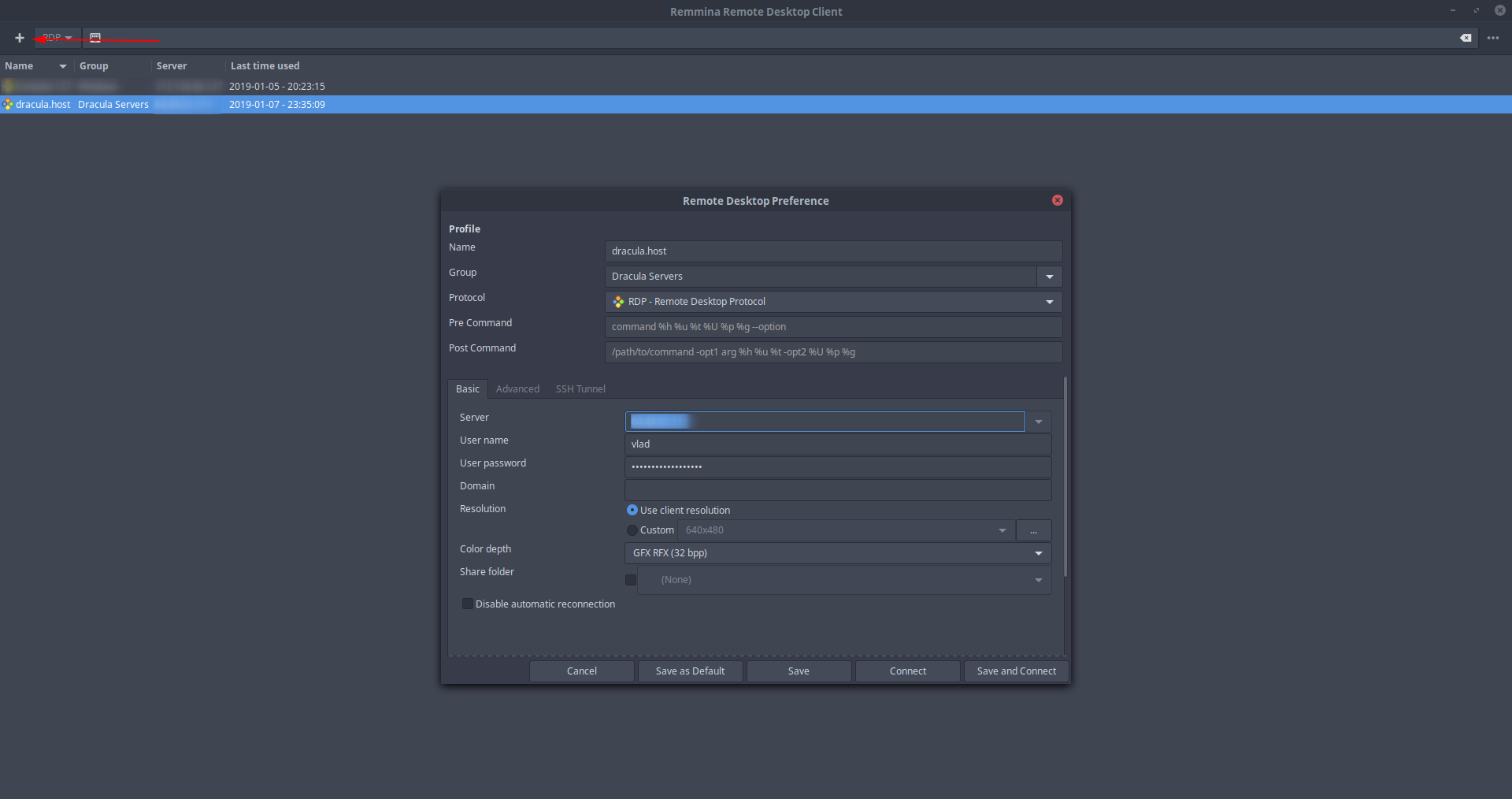Microsoft Rdp Protocol
Microsoft Rdp Protocol


Microsoft Rdp Protocol Definition
Use Remote Desktop on your Windows, Android, or iOS device to connect to a Windows 10 PC from afar.

Microsoft Rdp Client Control
Set up the PC you want to connect to so it allows remote connections:
Make sure you have Windows 10 Pro. To check, go to Start > Settings > System > About and look for Edition. For info on how to get it, go to Upgrade Windows 10 Home to Windows 10 Pro.
When you're ready, select Start > Settings > System > Remote Desktop, and turn on Enable Remote Desktop.
Make note of the name of this PC under How to connect to this PC. You'll need this later.
Use Remote Desktop to connect to the PC you set up:
On your local Windows 10 PC: In the search box on the taskbar, type Remote Desktop Connection, and then select Remote Desktop Connection. In Remote Desktop Connection, type the name of the PC you want to connect to (from Step 1), and then select Connect.
On your Windows, Android, or iOS device: Open the Remote Desktop app (available for free from Microsoft Store, Google Play, and the Mac App Store), and add the name of the PC that you want to connect to (from Step 1). Select the remote PC name that you added, and then wait for the connection to complete.
Microsoft Rdp Protocol Interview
You can access the RDP application either by typing Remote Desktop Connection in the search bar, or by opening Run window and typing Mstsc. In this case, the application will use Remote Desktop Protocol (RDP) to connect to the other machine. Microsoft Windows uses port number 3389 by default, however that can be edited from the registry section. “The Microsoft Remote Desktop Protocol (RDP) provides remote display and input capabilities over network connections for Windows-based applications running on a server.” (MSDN) Essentially, RDP allows users to control their remote Windows machine as if they were working on it locally (well, almost).

